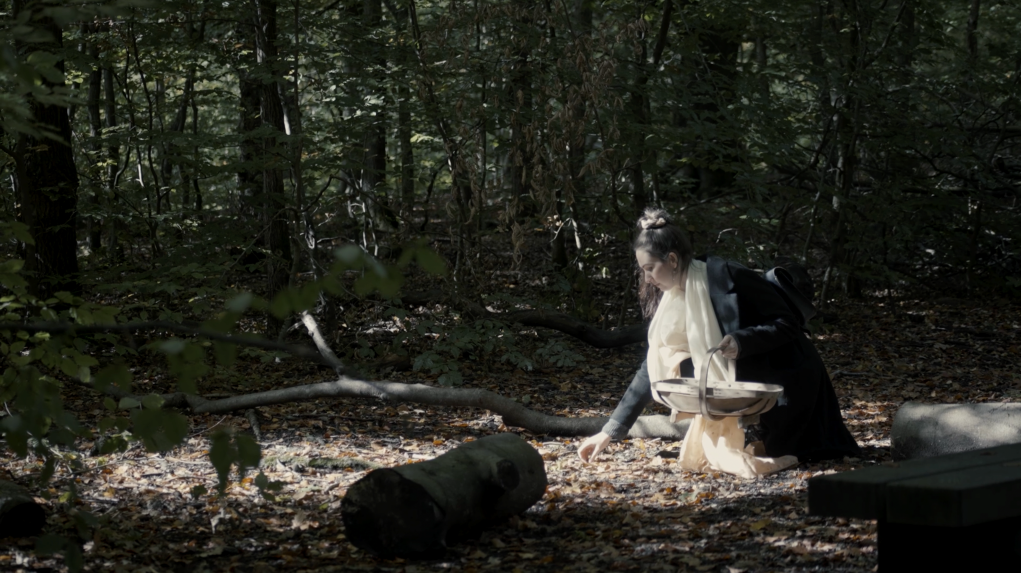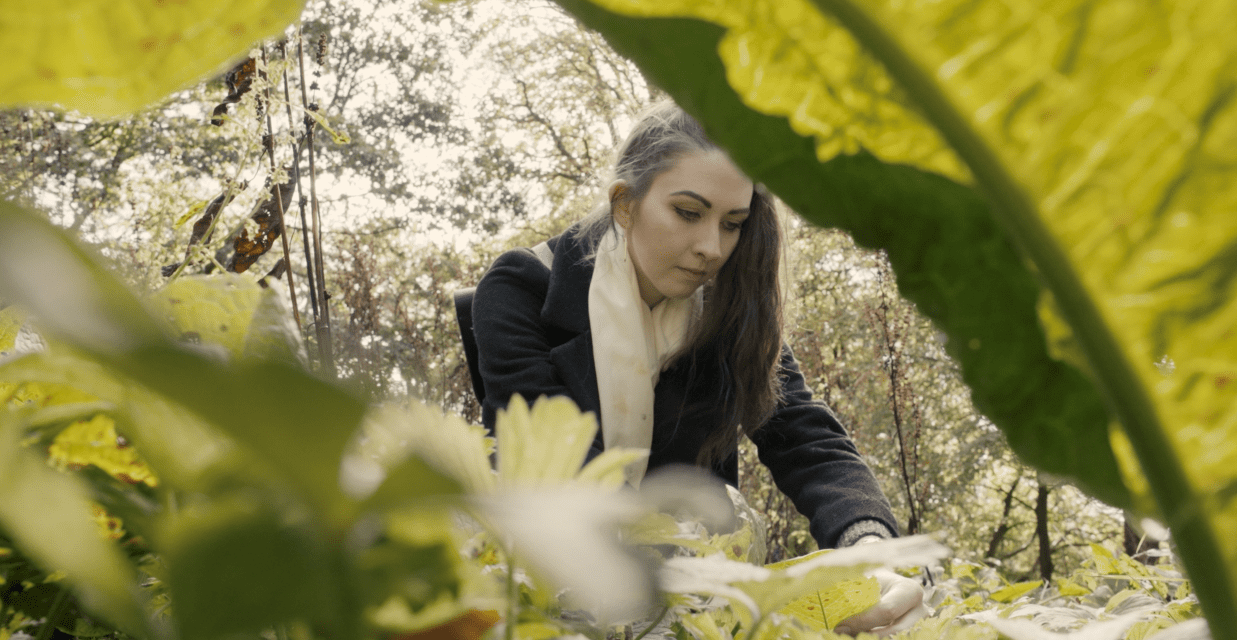A pioneering scheme in Huddersfield is taking the town’s wonderful textile heritage back to nature … quite literally.
In bygone times cloth was dyed using plants and a scheme has been set up in the town to bring those days back and show there is a sustainable alternative to synthetic dyes.
The project, called Growing Colour Together, also reveals just how much time, effort and skill went into dyeing cloth centuries ago.
Its main aim is to set up natural dye gardens in Kirklees and the Huddersfield ones will be in Birkby, Fartown and Kirkburton with the ultimate aim of them becoming the UK’s biggest dye gardens.
The garden spaces will be a sustainable, natural means of growing plants that produce dye to be used on textiles and couldn’t come at a better time as the fashion industry is the second largest polluter on the planet.
Growing Colour Together has been initiated and funded by Kirklees Council. Clr Will Simpson, Kirklees Cabinet member for culture, said: “Growing Colour Together focuses on growing plants which traditionally have provided natural dyes used in the textile industry.
“The project provides a range of great opportunities for Kirklees – to promote the fascinating stories of our district’s textile heritage, to increase awareness about caring for nature and to bring people together to express their creativity.
“The project also encourages people to work outdoors which has known health and wellbeing benefits and our local area will benefit from improving the environment to create new colour gardens.”

Growing Colour Together manager Elnaz Yazdani said: “Growing Colour Together is more than a project, it’s a movement that bridges the gap between gardening and art.
“Natural dyeing is essentially taking plant material and turning it into a pigment either by using steam or heat or by simply pressing into a cloth or a ground to create a stain or dye.
“Dye gardens will reconnect people with where their clothes came from.”
A 12-minute beautifully-made film has been created to fully explain the project and features stories from artists who use sustainable dyeing methods to connect to their garments and communities. The artists use several methods to creatively repurpose items from eco-printing to embroidery.
One artist featured is Kayleigh Davis who forages plants for her dyes and tells the story of a scarf she re-dyes once the colour fades, breathing new life into the garment. The item takes on a new level of sentimentality and meaning with each dye.


Another featured artist is Isobel Denton, who said: “The dye garden is something that is flowers, vegetables, trees – anything you can use for eco printing so a dye garden is everyone’s garden. Anyone can create a dye garden.”
Artist Alex Turner added: “Working with natural dyes makes you appreciate textiles more – the amount of work that goes into a natural garment, a handwoven piece or something hand embroidered. It reminds you of how much fabric was valued in the past and how much thought, love and skill goes into it.”
To watch the film go to https://www.youtube.com/watch?v=XXhG8Lxe7pY
- Written by ANDY HIRST who runs his own Yorkshire freelance journalism agency AH! PR (https://ah-pr.com/) specialising in press releases, blogging, website content and copywriting. Images by: Studio Bokehgo


















